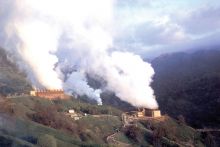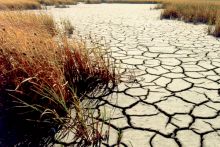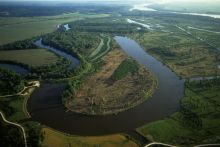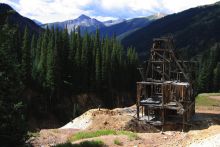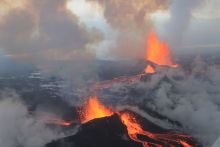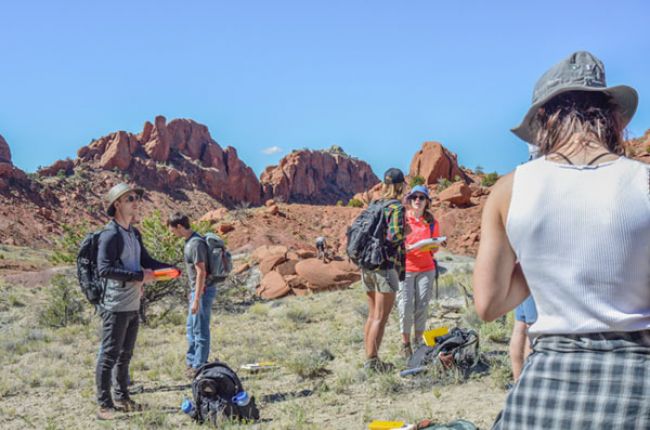
Alberta Energy Regulator / Alberta Geological Survey:
The combination of technological advances in modelling, visualization, data collection and storage, and computing power has provided the tools to propel 2D geologic mapping into 3D and 4D space. Geological surveys around the world focus on comprehensive geologic mapping, based on a foundational understanding of geologic history, processes, and architectural framework, to support societal needs related to resource management (i.e., energy, water, minerals), public health and safety, natural heritage, and issues related to natural hazards and infrastructure design and maintenance. A recent report published by the Alberta Geological Survey discusses the current state of 3D geological mapping at geological surveys around the world and provides an extensive set of case studies exploring the benefits to society of 3D geologic mapping projects.1 The report states the following societal benefits from geologic mapping1:
"In the field of energy, fossil fuel assessment and related topics such as produced water disposal relies on sedimentary basin models, while geothermal potential is rapidly emerging as another energy discipline that benefits from 3D geology. Mineral resource assessment in most cases focuses on hard rock geology in which 3D work emphasizes structures rather than strata, although enhanced 3D information such as depth to bedrock and depth to basement supports assessments, and mapping of stratified rocks is fundamental in the field of industrial minerals, as well as in all site planning for mines. In the field of water resources, groundwater capacity and vulnerability remains a topic of increasing importance that relies heavily on 3D geological mapping, to depict aquifers and their properties, and enclosing strata that govern recharge and protection. In the broad field of hazards, modelling of earthquake propagation is one example of an activity that requires comprehensive 3D geological mapping. All civil engineering takes into account the geological substrate, and linear developments such as transportation and communication infrastructure particularly benefit from comprehensive and consistent geological mapping of ground conditions."
References
1 MacCormack, K.E., Berg, R.C., Kessler, H., Russell, H.A.J. and Thorleifson, L.H. (ed.) (2019): 2019 synopsis of current three-dimensional geological mapping and modelling in geological survey organizations; Alberta Energy Regulator / Alberta Geological Survey, AER/AGS Special Report 112, 307 p. https://ags.aer.ca/publications/SPE_112.html
Learn more
- 2019 Synopsis of Three-dimensional Geological Mapping and Modelling at Geological Survey Organizations, Alberta Energy Regulator / Alberta Geological Survey, AER/AGS Special Report 112
- National Cooperative Geologic Mapping Program
- Geologic Mapping to Empower Communities: Examples from the Great Lakes, AGI Webinar
- Geologic Mapping and Public Health, AGI Factsheet
- Geologic Mapping and the Trans-Alaska Pipeline, AGI Factsheet
- Using Geologic Maps to Reduce Landslide Risk, AGI Factsheet

